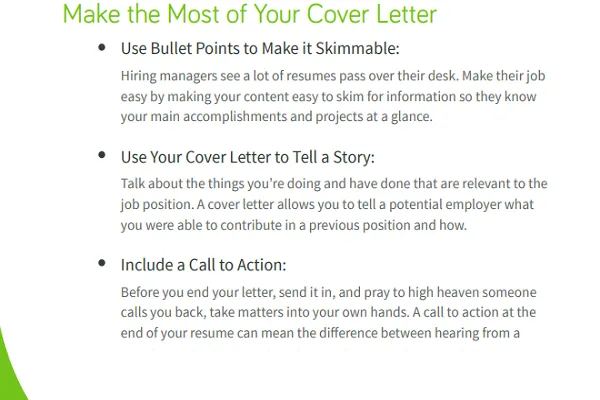What Makes a Good Cover Letter Font?
Your cover letter is your first impression, a vital piece of communication that can make or break your chances of landing an interview. While the content is king, the font you choose plays a crucial role in how that content is perceived. A good cover letter font is not just about aesthetics; it’s about readability, professionalism, and making a strong impression on the hiring manager. The right font can instantly communicate attention to detail and a professional approach, while the wrong one can signal a lack of care or even a misunderstanding of workplace norms. Therefore, carefully selecting the best font for a cover letter is essential.
Readability is Key
Above all else, a cover letter font must be easy to read. Hiring managers are busy individuals who skim through numerous applications. If your font is difficult to decipher, your letter is likely to end up in the ‘reject’ pile. Fonts that are too ornate, condensed, or stylized can be a struggle to read, especially on screen. Opt for fonts that are clear and legible, even at smaller sizes. The best fonts will ensure that the reader can quickly grasp the information presented. This means avoiding anything that might strain the eyes or require extra effort to decode each word. Choosing a readable font shows respect for the reader’s time and increases the likelihood that they’ll engage with your content.
Professionalism Matters

Your cover letter should project an image of professionalism. The font you choose contributes significantly to this. Avoid fonts that are overly playful, casual, or reminiscent of informal settings. A professional font conveys seriousness, attention to detail, and a respect for the conventions of the workplace. Fonts like Times New Roman, Arial, and Calibri are widely accepted as professional choices because they have a classic, clean appearance that’s familiar to most readers. The font should align with the culture of the company you’re applying to; a font that is considered appropriate in a law firm might not be the best choice for a creative agency. Pay attention to the industry norms and make an informed decision.
Avoiding Font Faux Pas
There are some fonts that should always be avoided in a cover letter. These fonts are often seen as unprofessional or difficult to read. Avoid fonts like Comic Sans, Curlz, or Papyrus, which are perceived as informal and immature. Also, steer clear of fonts that are overly ornate or difficult to read, as they distract from the content of your letter. Avoid using too many different fonts in a single cover letter, as it can look cluttered and unprofessional. Instead, stick to one primary font for the body of the text and a complementary font for headings if desired. Maintaining consistency demonstrates thoughtfulness and respect for the reader.
Top Cover Letter Font Choices
Several fonts are considered excellent choices for cover letters due to their readability, professionalism, and widespread use. These fonts strike a balance between style and practicality, ensuring your message is both clear and impactful.
Arial
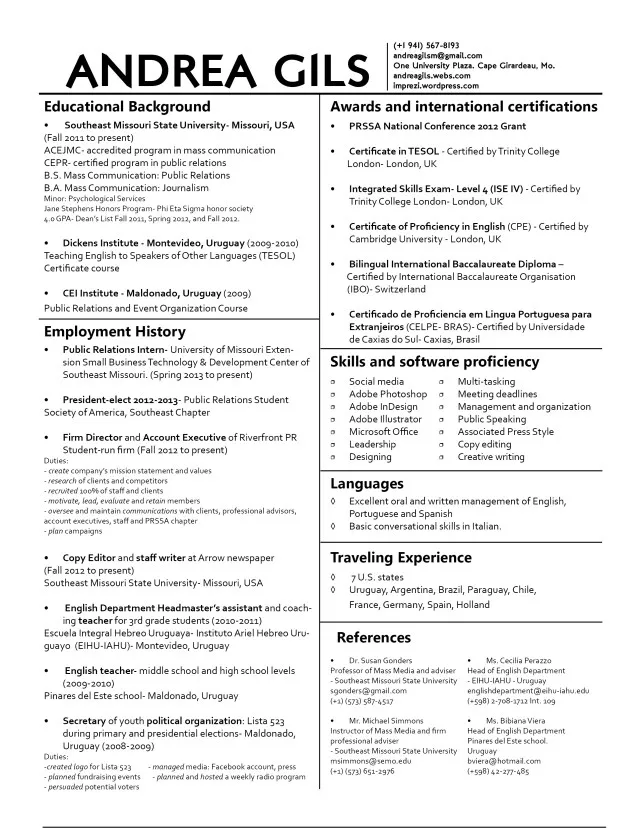
Arial is a sans-serif font that is clean, modern, and easy to read. Its simplicity makes it a safe and reliable choice for any cover letter. Arial is universally available, meaning it will display correctly on virtually any computer or device. Its straightforward design ensures that your words are the focus, not the font itself. The consistent letter spacing and clear design make it a good choice for those who want a font that is both professional and easy on the eyes. Arial is a versatile font that works well for a variety of industries.
Times New Roman
Times New Roman is a classic serif font that has been a staple in professional documents for decades. It is known for its traditional and formal appearance, which conveys a sense of authority and trustworthiness. The serifs (the small strokes at the ends of letters) make it easier to read large blocks of text. It is a safe choice for industries that value tradition and formality, such as law or finance. Its timeless design ensures that your cover letter will always appear professional and polished. Ensure to use a proper font size to maintain readability.
Calibri
Calibri is a modern sans-serif font designed for on-screen readability. It has a clean and contemporary appearance that is less formal than Times New Roman but still maintains a professional tone. It’s a widely available font, making it a good choice for compatibility across different platforms. Calibri is a good balance between modern style and readability, making it appropriate for a wide range of industries. The slightly rounded letterforms give it a friendlier appearance. Choosing Calibri ensures your cover letter looks up-to-date while still maintaining a professional demeanor.
Georgia
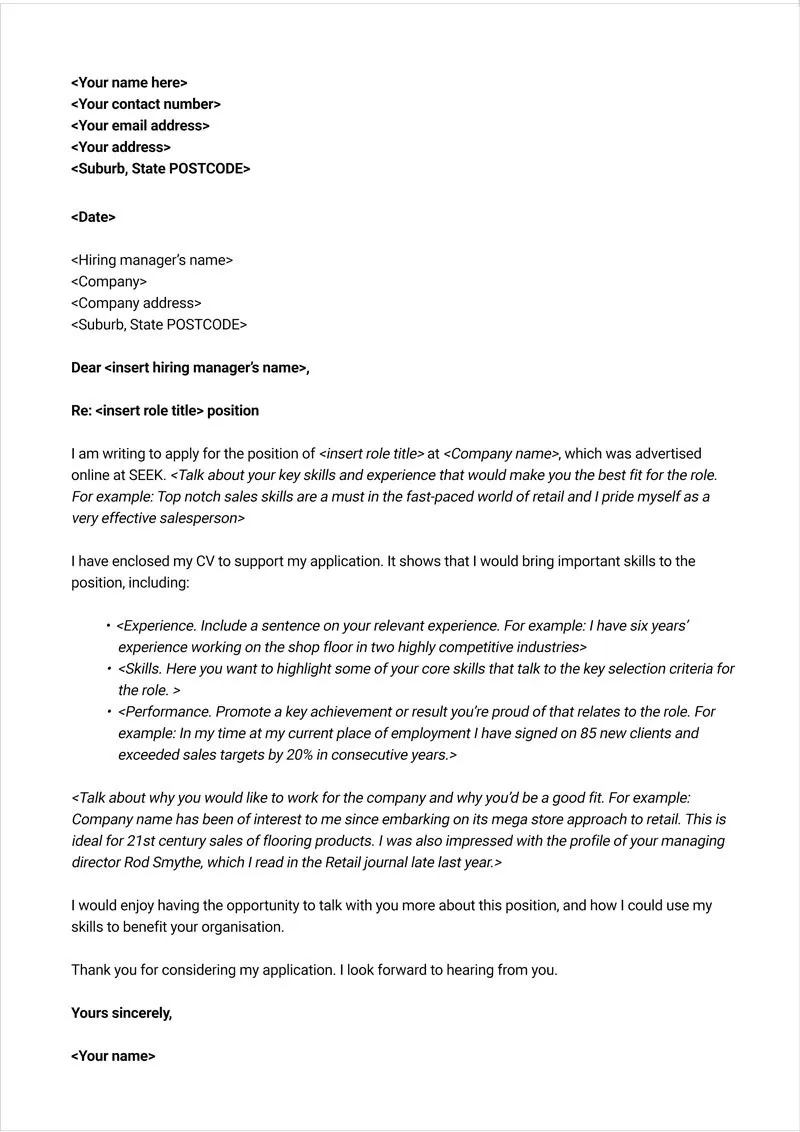
Georgia is another excellent serif font, designed specifically for on-screen readability. It offers a balance of professionalism and legibility. Its slightly bolder appearance makes it easy to read even at smaller sizes. Georgia is a reliable choice, particularly if you anticipate that your cover letter will be read on a variety of devices. This font is ideal if you are looking for a more readable alternative to Times New Roman. The clarity of Georgia makes it a great choice for any application.
Verdana
Verdana is a sans-serif font known for its exceptional readability, especially on screens. The wider spacing between letters and characters makes it easier to read, which can be particularly helpful if the cover letter is viewed on a mobile device. This font is a great choice for those seeking a font that is both modern and extremely readable. Verdana’s design minimizes eye strain. If readability is your top priority, Verdana is a reliable option that works well for any cover letter.
Font Selection and Your Personal Brand
Your font choice can subtly reflect your personal brand and the image you wish to project. While sticking to professional and readable fonts is paramount, consider whether the font you choose aligns with your overall career goals and the company’s culture. If you are applying to a creative field, a more modern or slightly less conventional font might be acceptable, but it should still maintain a level of professionalism. Conversely, in a more traditional industry, a classic font like Times New Roman or Arial might be the safer choice. Think about what you want to convey about yourself and select a font that complements that image.
Matching Font to Industry Standards
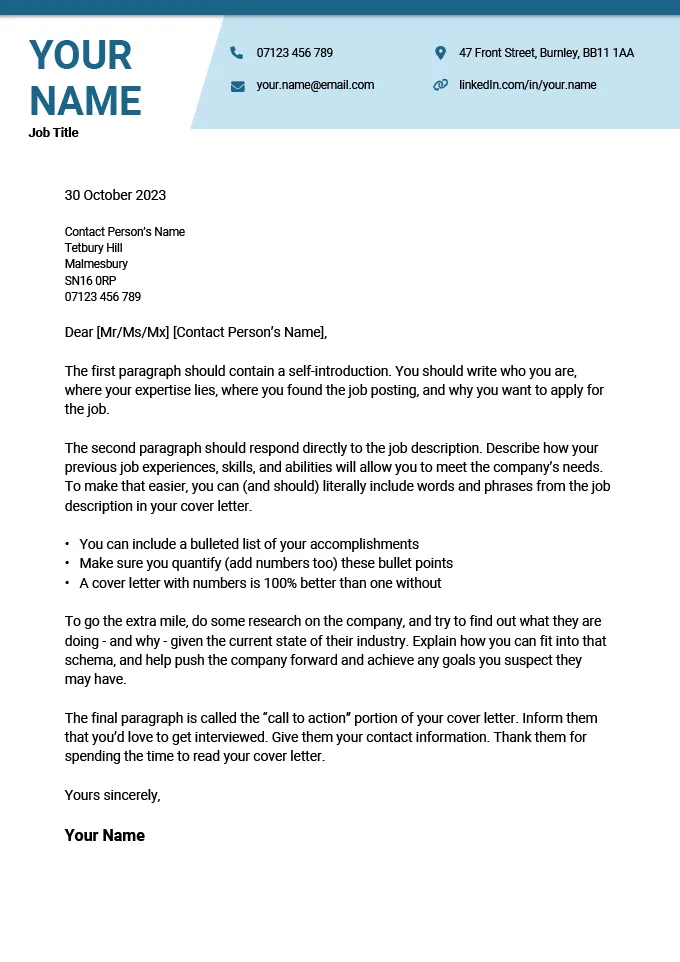
Different industries may have unspoken norms regarding cover letter fonts. Researching the industry standards can give you an edge. Some fields, like law and finance, may favor traditional fonts such as Times New Roman, while creative industries may allow for slightly more modern or unique fonts. The best way to understand industry norms is to look at examples of cover letters and resumes from professionals in your field. Observing common font choices can provide valuable insight. Tailor your font choice to fit the expectations of your target industry to show you understand the workplace culture.
The Impact of Font Size and Spacing
The font size and spacing are as important as the font itself. A font size of 10-12 points is generally recommended for cover letters. The chosen size ensures the text is easily legible without being too large or small. Line spacing, typically set at 1.15 to 1.5, can significantly impact the readability of your cover letter. Proper spacing prevents the text from appearing crowded, which improves the reader’s experience. Consider the visual balance of your cover letter. Correctly adjusting font size and spacing ensures your document looks organized and easy to read. It makes your content more accessible and professional, improving your chances of success.
Ensuring Compatibility Across Platforms
When selecting a font, consider its availability across different platforms and operating systems. Standard fonts such as Arial, Times New Roman, and Calibri are almost universally available and will display correctly no matter where your cover letter is viewed. If you choose a more obscure font, it might not be available on the recipient’s system, causing your letter to default to a different font, which can alter your document’s appearance. Using commonly available fonts guarantees your cover letter looks as you intended. Save your cover letter as a PDF to ensure that your chosen font and formatting remain consistent across all devices.
Tips for Formatting Your Cover Letter

Beyond font selection, proper formatting is critical to a professional cover letter. Use clear headings to organize your content, making it easy for the hiring manager to find the information they need. Use bullet points to highlight key achievements and skills, which improves readability and allows the reader to quickly grasp important information. Ensure your cover letter is free of typos and grammatical errors by proofreading it multiple times. Check the alignment of your text, spacing, and overall layout to maintain a clean, professional appearance. Well-formatted documents demonstrate attention to detail, which is a valuable quality in any job applicant.
Font Styles to Avoid
Certain font styles should always be avoided in a cover letter due to their impact on readability and professionalism. It is best to avoid fonts that are overly ornate, such as script or handwriting fonts, as they can be difficult to read. Avoid fonts that are highly stylized, such as those with elaborate serifs or unusual letterforms, as they can distract from your message. Finally, avoid using multiple fonts within a single cover letter, which can make it appear cluttered and unprofessional. Maintaining a clean and consistent font choice across your cover letter helps ensure it looks its best.
Serif vs Sans-Serif
Understanding the difference between serif and sans-serif fonts can help you choose the best option for your cover letter. Serif fonts (like Times New Roman) have small strokes at the ends of the letters, which can enhance readability for longer blocks of text. Sans-serif fonts (like Arial and Calibri) do not have these strokes and often appear more modern and clean. Both types can be appropriate for a cover letter, but consider your industry and personal preferences. Sans-serif fonts are often favored for on-screen readability, whereas serif fonts can convey a more traditional and established feel. The best choice depends on your individual needs.
Font Psychology Understanding the Message
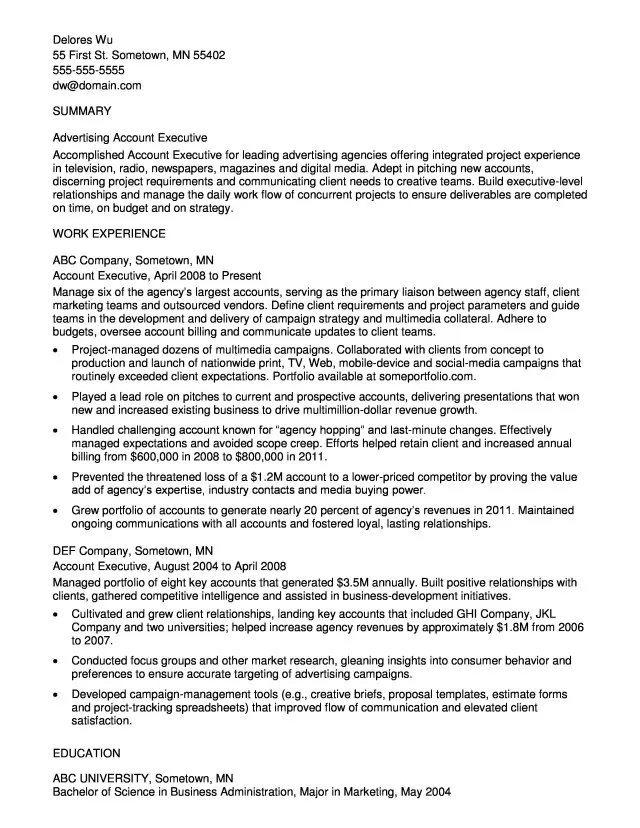
Fonts have psychological associations that can influence how your cover letter is perceived. Serif fonts, such as Times New Roman, are often perceived as more traditional, reliable, and trustworthy. Sans-serif fonts, such as Arial and Calibri, are perceived as modern, clean, and approachable. The font you choose should align with the message you want to convey. Reflect on the image you want to project to the potential employer. Using a font that aligns with your personal brand and the company culture can enhance your overall application. Choosing a font based on its psychological associations helps to influence the hiring manager’s first impression.
Testing Your Font Choices
Before submitting your cover letter, it’s important to test your font choice. Print a copy of your cover letter to see how it looks on paper. Read the document from start to finish to ensure the font is easy to read and the formatting is correct. Share your cover letter with a friend or colleague and ask for feedback. This helps you to identify any potential readability or formatting issues. Make sure the font looks correct on various devices, such as tablets and smartphones, as many hiring managers will read your cover letter on these devices. By testing your font choice, you can ensure your cover letter looks professional and is easy to read.
Proofreading and Feedback
Proofreading and obtaining feedback are crucial steps in finalizing your cover letter. Proofread your cover letter carefully for any typos, grammatical errors, or formatting inconsistencies. These errors can detract from your professionalism and can even be overlooked by the hiring manager. Ask a friend, family member, or career advisor to review your cover letter for feedback on both the content and the appearance. They can provide a fresh perspective and catch any errors you might have missed. Ensure that your cover letter is polished, well-written, and easy to read. Proofreading and feedback significantly increase your chances of making a positive impression.
The Ultimate Guide to Cover Letter Fonts
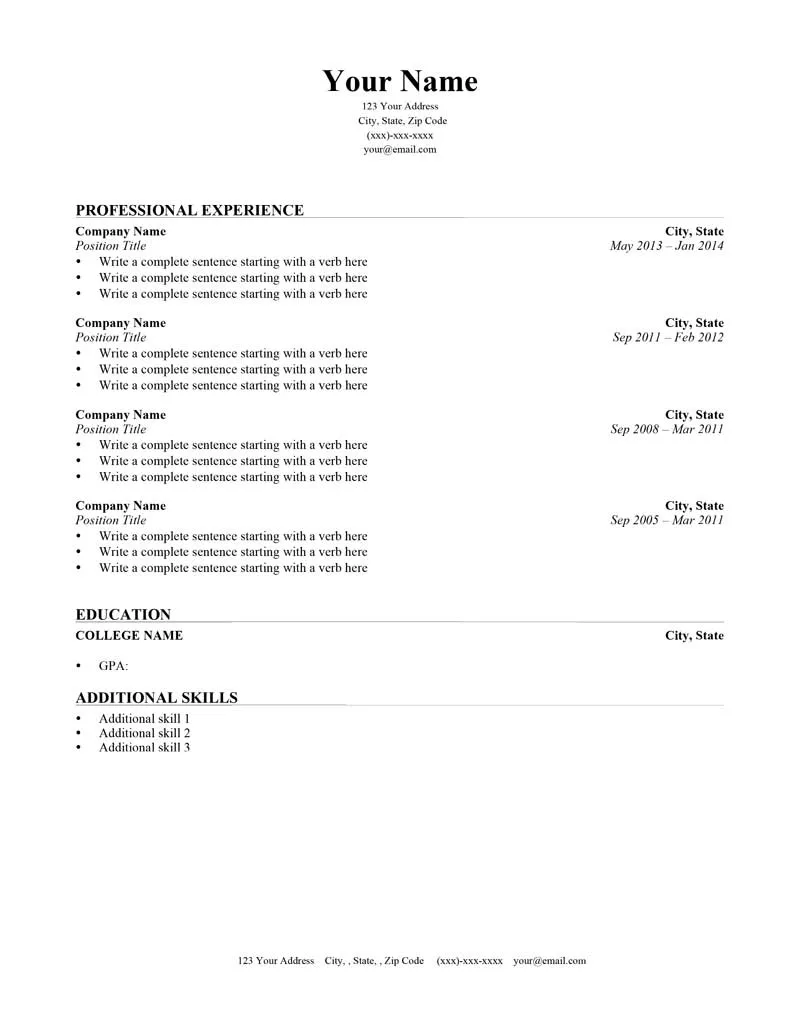
Choosing the best font for your cover letter is a critical step in creating a strong first impression. Prioritize readability and professionalism. Select fonts that are clear and easy to read, such as Arial, Times New Roman, Calibri, Georgia, and Verdana. Avoid fonts that are difficult to read, too informal, or inappropriate for professional documents. Consider your personal brand, industry standards, and the company culture when making your selection. Use proper font size and spacing to enhance readability and ensure compatibility across different platforms. Proofread your cover letter carefully and seek feedback from others. By following these guidelines, you can create a cover letter that is professional, well-formatted, and effectively communicates your qualifications to potential employers, helping you stand out from the competition and increasing your chances of success in your job search.
